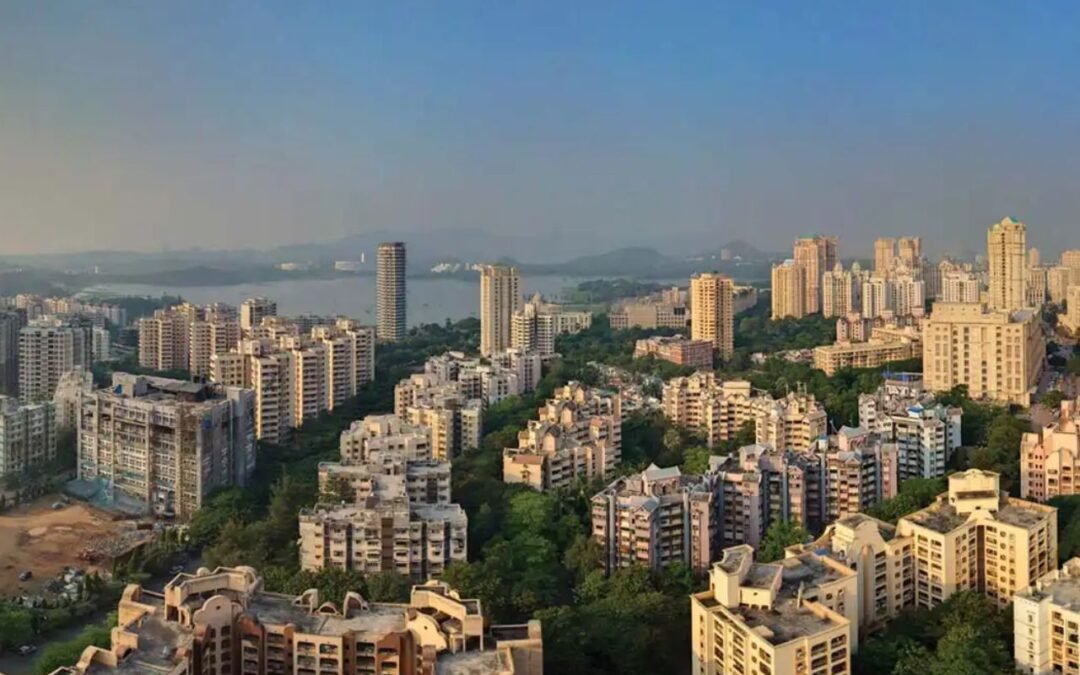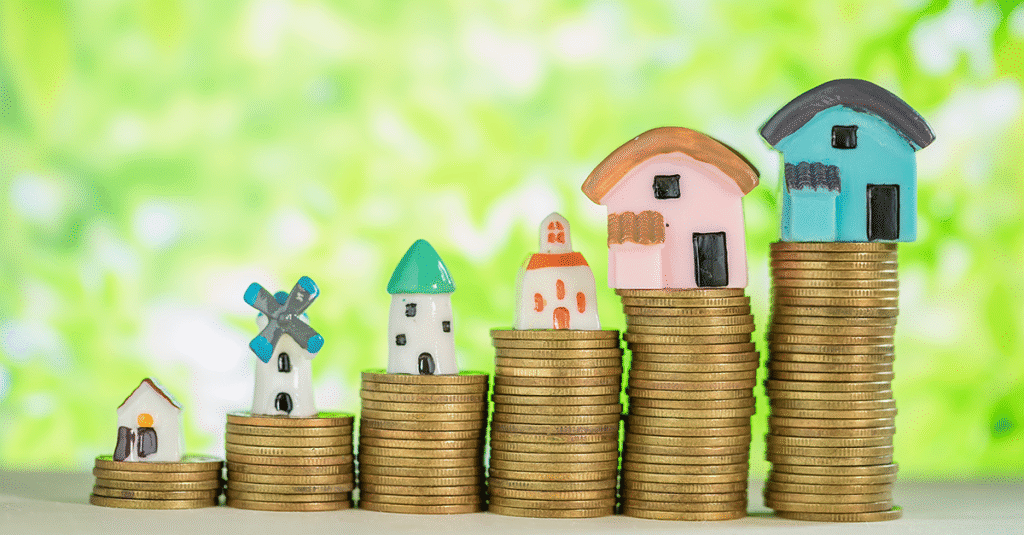
Investing in real estate is one of the most reliable ways to grow wealth, but not all neighborhoods deliver the same returns. Rental yield—the annual rental income expressed as a percentage of the property’s value—is one of the most crucial metrics investors use to gauge profitability. High rental yields often indicate a strong demand for rentals, limited supply, or a growing population. In 2025, certain neighborhoods are standing out as hotspots where rental returns are outperforming expectations.
Let’s take a closer look at these thriving communities, what drives their high rental yields, and why they should be on every investor’s radar.
Before diving into specific neighborhoods, it’s important to understand what contributes to high rental yields. Typically, these factors play a major role:
The right neighborhood balances affordability with desirability—where tenants are willing to pay premium rents for the lifestyle and convenience it offers.
Downtown areas continue to lead the charts for rental performance, thanks to their proximity to offices, entertainment, and transportation.
In most major cities, central business districts (CBDs) have maintained an average rental yield between 6% and 8%, even with rising property values. Young professionals, digital nomads, and corporate tenants prefer these locations due to their convenience.
However, not all downtowns are equal. Cities that have embraced mixed-use developments—blending residential, commercial, and recreational spaces—are outperforming traditional urban cores. Neighborhoods where work, leisure, and lifestyle converge are now considered prime for investors seeking consistent income.

Suburban regions once viewed as “too far” from city centers are now turning into high-yielding zones. Improved connectivity, modern housing communities, and lifestyle amenities have transformed these areas into attractive rental options.
Take for instance emerging suburbs near tech parks or universities—rental yields here range between 7% to 9%. These locations are affordable for investors yet appealing to tenants looking for larger spaces or family-friendly environments without compromising on convenience.
Investors are increasingly drawn to:
These zones offer not only higher yields but also significant capital appreciation potential as urban sprawl continues.
Waterfront developments have traditionally been associated with luxury living, but they also bring excellent rental returns. Properties with sea, lake, or marina views command higher rents due to their exclusivity and lifestyle appeal.
Tenants are willing to pay more for properties offering scenic views, high-end amenities, and easy access to leisure facilities. These neighborhoods are especially popular among expats and long-term corporate tenants who prefer premium accommodations.
While purchase prices in such communities can be higher, rental yields between 6% and 8% remain achievable due to consistent demand and limited supply. Additionally, lifestyle communities offering retail, dining, and entertainment options within walking distance have proven resilient even during market fluctuations.
Every city has its “up-and-coming” areas—places where infrastructure, population growth, and new developments are rapidly reshaping the real estate landscape. These emerging neighborhoods often provide the highest rental yields, sometimes exceeding 9%, due to lower entry prices and growing tenant interest.
Investors who identify these zones early benefit from both strong rental income and long-term capital gains. The trick lies in recognizing indicators of future growth, such as:
By entering these markets before they mature, investors can enjoy above-average yields and exponential appreciation in the coming years.
Neighborhoods near universities and educational institutions have long been investor favorites. The reason is simple—students, faculty, and staff create a stable pool of renters. Properties in such areas rarely stay vacant, especially if they’re close to campus or public transportation.
While the tenant turnover may be higher, the consistent demand ensures steady cash flow. Student accommodation and shared living spaces (co-living) in these zones can deliver yields between 7% and 10%, depending on property type and location.
These areas are particularly lucrative for smaller units, such as studios and one-bedroom apartments, where affordability is key.
With the global rebound in travel, short-term rental markets have experienced renewed momentum. Tourist-friendly neighborhoods or areas close to city landmarks are now yielding exceptional returns through platforms like Airbnb and Booking.com.
Even though short-term rentals require more management, they often outperform traditional leasing models in high-demand destinations. Coastal towns, heritage districts, and downtown hotspots with tourism appeal can achieve annualized yields up to 12%.
However, investors should consider local regulations and seasonal variations before entering this segment. Successful investors often blend traditional and short-term rentals to balance income stability with profitability.

An often-overlooked sector in residential investment is housing demand near industrial and logistics corridors. As e-commerce and warehousing expand, workers and executives in these industries seek accommodation close to their workplaces.
Neighborhoods near industrial zones or free trade areas are seeing growing rental demand, especially for affordable apartments and shared housing. These properties typically generate yields between 8% and 11%, driven by workforce influx and limited housing supply.
Such investments are not glamorous but can offer reliable, long-term returns with minimal vacancy risks.
As urban development trends shift toward sustainability and technology integration, smart cities and tech-focused districts are emerging as the next generation of investment zones. These areas integrate digital infrastructure, eco-friendly housing, and modern transportation systems—creating an ecosystem attractive to both tenants and employers.
Rental demand in these regions is boosted by:
Such districts not only promise strong yields today but also long-term resilience as cities evolve into digital economies. Investors focusing on these neighborhoods are essentially buying into the cities of the future.
While luxury properties don’t always offer the highest yields due to high acquisition costs, select upscale neighborhoods are breaking the pattern. The rise of affluent expatriates, business executives, and global professionals has fueled demand for premium residences in top-tier neighborhoods.
Luxury communities with access to international schools, fine dining, and high security are seeing rental yields between 5% and 7%—impressive considering the high property values. Investors who choose the right projects with strong brand backing and exclusive amenities can enjoy both status and stability.
Identifying high rental yield areas is only half the journey. Investors must also ensure their investment aligns with their financial goals and risk tolerance. Here are key considerations:
Thorough due diligence ensures that the “high yield” isn’t just a short-term phenomenon but a sustainable return on investment.
The beauty of investing in high-yield neighborhoods is the ability to generate consistent, passive income while benefiting from capital appreciation. For investors, this dual advantage builds long-term financial independence.
In 2025, the trend is clear—investors are moving away from saturated luxury markets toward smart, mid-range neighborhoods with strong fundamentals. The rise of hybrid working, increased migration, and urban redevelopment continues to fuel rental demand in previously overlooked areas.
Choosing the right neighborhood today could define your financial success tomorrow. Whether it’s a buzzing downtown district, a serene waterfront community, or an up-and-coming suburban hub—high-yield neighborhoods are shaping the future of real estate wealth.
High rental yield neighborhoods offer more than just impressive numbers—they represent vibrant communities where economic growth, lifestyle, and opportunity intersect. In a market increasingly shaped by innovation and mobility, identifying these hotspots early can make all the difference.
For investors, the message is simple: follow the yield, but understand the story behind it. The best-performing neighborhoods are not just about statistics—they’re about people, progress, and potential.
If you’re looking to build a resilient property portfolio in 2025, keep your eyes on the areas where demand meets development. That’s where the real magic—and the best rental yields—lie.
Do Follow Estate Magazine on Instagram.
